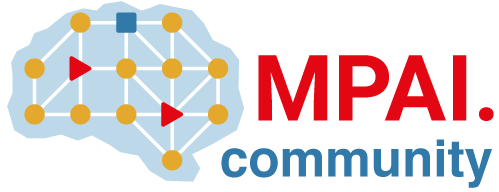Documentation topic types (CTRT)
Each topic on a page should be one of the following topic types:
Even if a page is short, the page usually starts with a concept and then includes a task or reference topic.
The tech writing team sometimes uses the acronym CTRT to refer to our topic types.
The acronym refers to the first letter of each topic type.
In addition to the four primary topic types, we also have a page type for Tutorials and Get started.
Related topics
If inline links are not sufficient, you can create a topic called Related topics and include an unordered list of related topics. This topic should be above the Troubleshooting section.
## Related topics
- [Configure your pipeline](link-to-topic).
- [Trigger a pipeline manually](link-to-topic).Get started
A get started page is a set of steps to help a user get set up quickly to use a single GitLab feature or tool. It consists of more than one task.
Get started pages should be in this format:
# Title ("Get started with <feature>")
Complete the following steps to ... .
1. First step.
1. Another step.
1. Another step.
If you need to add more than one task,
consider using subsections for each distinct task.In the left nav, use Get started as the text. On the page itself, spell out
the full name. For example, Get started with application security.
Topics and resources
Some pages are solely a list of links to other documentation.
We do not encourage this page type. Lists of links can get out-of-date quickly and offer little value to users, who prefer to search to find information.
Topic title guidelines
In general, for topic titles:
- Be clear and direct. Make every word count.
- Use articles and prepositions.
- Follow capitalization guidelines.
- Do not repeat text from earlier topic titles. For example, if the page is about merge requests,
instead of
Troubleshooting merge requests, use onlyTroubleshooting.
